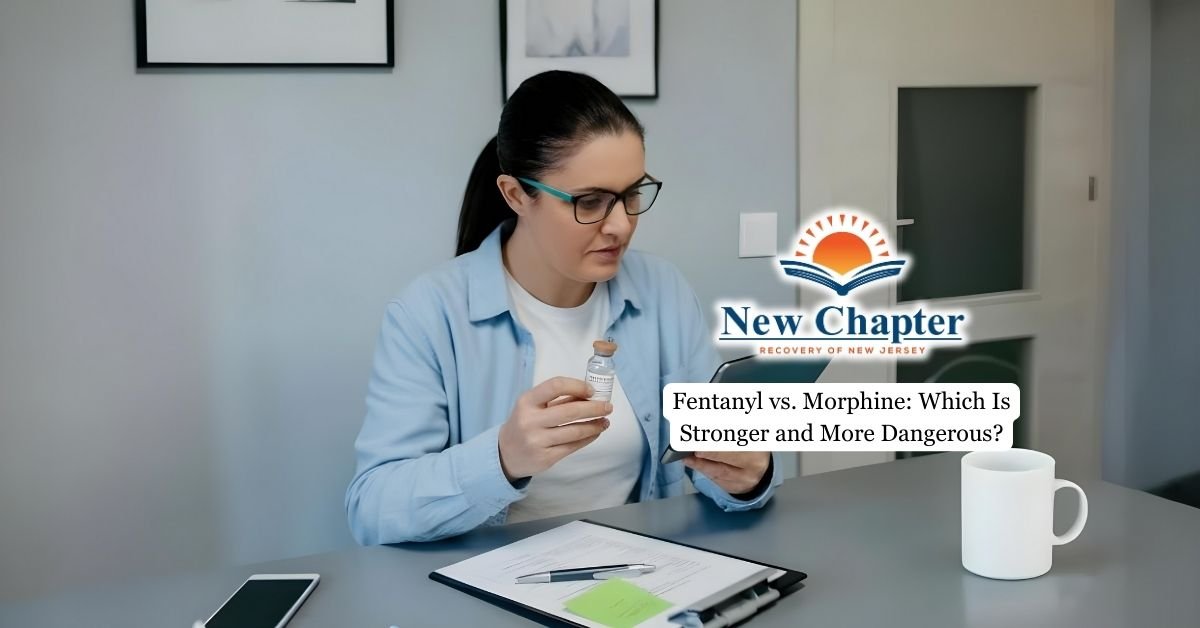Understanding how drugs are classified is critical for patients, families, and healthcare providers. Drug scheduling helps determine a substance’s legality, medical use, and abuse potential.
This article breaks down the drug scheduling system under the Controlled Substances Act, explaining what each schedule means and why it matters in addiction treatment and regulation.

The Basics of the Drug Schedule System
The drug scheduling system was established by the Controlled Substances Act (CSA) to regulate the manufacture, distribution, and use of substances that pose a risk for abuse and dependence. Drugs and other substances are classified into five schedules based on their accepted medical use and the drug’s abuse or dependence potential. The higher the schedule number, the lower the potential for abuse.
Drug enforcement agencies use the schedule system to monitor substances and ensure that those with high potential for abuse are controlled more strictly. Understanding this classification helps explain why some substances are legal only with a prescription, while others are banned entirely. This system also informs how professional addiction treatment programs safely manage therapies and medication use for individuals with substance use disorders.
Schedule I: No Accepted Medical Use and High Abuse Risk
Schedule I drugs are considered the most dangerous under the CSA scheduling system. These substances have no currently accepted medical use in treatment in the United States and a high potential for abuse. They are also associated with severe psychological or physical dependence.
Examples of Schedule I drugs include heroin, lysergic acid diethylamide (LSD), methaqualone, and marijuana (although marijuana laws are evolving at the state level). Because of their classification, Schedule I drugs are not available for prescription use and are heavily restricted.
Schedule II: High Potential for Abuse, But with Some Medical Use
Schedule II substances have a high potential for abuse, which may lead to severe physical and psychological dependence. However, unlike Schedule I drugs, they have currently accepted medical use under strict regulation.
Examples of Schedule II drugs include fentanyl, hydromorphone, meperidine, methadone, and Ritalin (methylphenidate). These drugs are used for analgesic purposes and are tightly controlled. A Schedule II substance may be prescribed, but it requires a written prescription and cannot be refilled without a new order.
These substances are treated with great caution in medical settings due to their abuse potential and dependency risks.
Schedule III: Moderate to Low Potential for Dependence
Schedule III drugs have a moderate to low potential for physical and psychological dependence. They are classified as having less abuse potential than Schedule I or II substances but more than Schedule IV drugs.
Examples of Schedule III drugs include products containing less than 90 milligrams of codeine per dosage unit (e.g., Tylenol with codeine) and anabolic steroids. These drugs are considered controlled substances but are more accessible for prescription than Schedule II drugs.
Because they still carry abuse risks, they are regulated, but they offer important therapeutic benefits when used appropriately.
Schedule IV: Lower Potential for Abuse
Schedule IV drugs have a low potential for abuse than Schedule III drugs and consist of preparations containing limited quantities of certain narcotics. These medications are commonly used in treatment and are known for having a lower risk of psychological dependence.
Examples of Schedule IV drugs include diazepam, clonazepam, and other widely used anti-anxiety medications. While they are considered safer than higher-schedule substances, careful medical supervision is still required to prevent misuse.

Schedule V: Lowest Abuse Risk
Schedule V drugs have the lowest potential for abuse among controlled substances. They are generally used to treat minor conditions and are available with fewer regulatory restrictions.
Examples of Schedule V drugs include cough preparations with less than 200 milligrams of codeine or per 100 milliliters, such as Robitussin AC. These preparations contain limited quantities of certain narcotics and are often prescribed for antitussive or antidiarrheal purposes. Despite their lower abuse potential, they are still regulated to ensure safe and appropriate use.
Why the Drug Schedule System Matters in Treatment
Understanding the drug schedule system is essential for anyone involved in addiction recovery. It shapes how medications are prescribed, monitored, and regulated. Knowing a drug’s schedule helps guide decisions around detox, medication-assisted treatment, and the appropriate level of care required for each individual.
Medications used in addiction treatment, such as buprenorphine (a Schedule III drug), are chosen based on both their therapeutic benefit and their abuse potential. Being aware of how these drugs are scheduled helps patients and families make informed decisions.
This classification helps ensure that controlled substances are used responsibly and legally in clinical settings.
Final Thoughts from New Chapter Recovery
At New Chapter Recovery, we understand how crucial it is to treat controlled substances with care. Our team of licensed professionals uses the drug schedule framework to guide safe, evidence-based addiction treatment programs in New Jersey. Whether you’re navigating recovery yourself or supporting a loved one, understanding drug scheduling can help determine the right level of care and build confidence in the recovery process.






